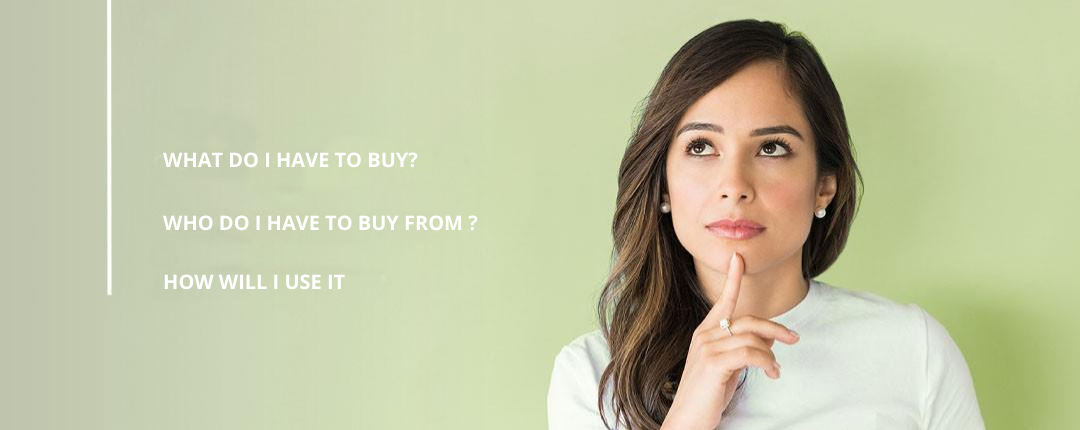Responsible consumption as a trend for years to come

Changing season implies changing the wardrobe – how to organize
27 de July, 2020
Study corner: how to do it?
24 de September, 2020Consumer needs have remained stable, what has changed and will change again will be their purchasing behaviour. And reading these trends is fundamental, as sustainability, the circular economy and the collaborative economy already have a great impact on purchasing decisions
The relationship between people and the various players in economic activities is moving towards sustainability and greater awareness in consumer habits. Examples such as: technological applications of transport (uber); services of use of houses for a short period of time (airbnb); rental of bicycles and other non-motorized devices; purchase and sale of products in marketplaces, etc.
And what do you do about excessive consumption? Exchange and sharing of goods with a more rational use. And in this component of sharing taking into account the life cycle of products the collaborative economy can help. For example, the use of own cars by public transport and/or services such as Uber is changed. People in general are learning to consume and use more efficiently the resources and availabilities they have at their disposal.
Another example, in the area of furniture, is that they want to know the origin of the raw materials and the various components (in particular certifications and components in the supply chain) and at the end of use, how it can be disposed of in landfill or be brought back into consumption by reuse. In other words, the individual, in the new generations, starts to assume the weight of social and environmental responsibilities, with a more collective sense and concerned with sustainability and future generations.
When those who consume are aware of the social, economic and environmental impacts of a certain product or service, they can, if they wish, become a transforming agent in this supply chain (from origin to final customer), based on their conscious consumption decisions, reducing the negative impacts on their purchasing decisions.
Questions that remain as a suggestion in new consumption habits to think: why do I have to buy? What do I have to buy? Do I need to buy? How will I buy? Who do I have to buy from? How will I use it? And what final destination will I give you after use or wear? By answering these questions, consumption moves from a merely impulsive format to a more conscious and sustainable one. Does it make sense to you?
And even in conscious production, as at Just4Home, if you are making adjustments. Some time ago I followed a line based on: “What and for what segment to produce? What are the production costs and what will be the gross profit margin?”. Today the position has changed – “If our wood-based products reach the end consumer, why not take with them information and education that calls for sustainability? And it is in this format that the entire Just4Home project has a support and purpose based on the principles of circular economy. Sustainable production and consumption are part of the United Nations’ millennium goals. A supply and production chain that follows these principles will also be more robust and resilient in the future. We too as producers of the furniture industry want to be an active agent in this change and consumption trend, because it makes sense and together we become stronger and more aware!

